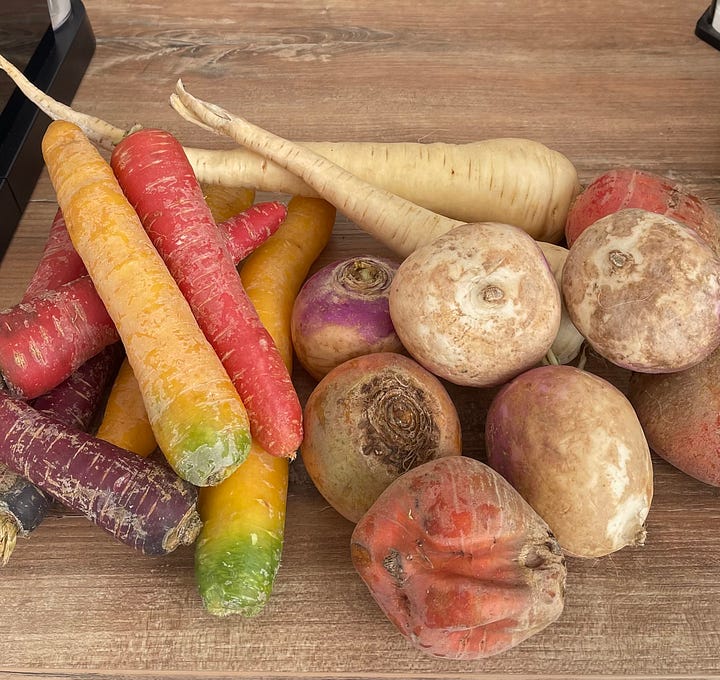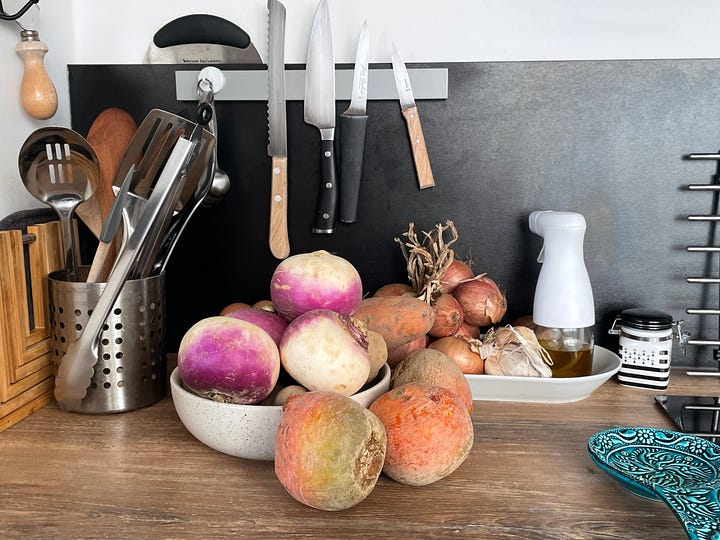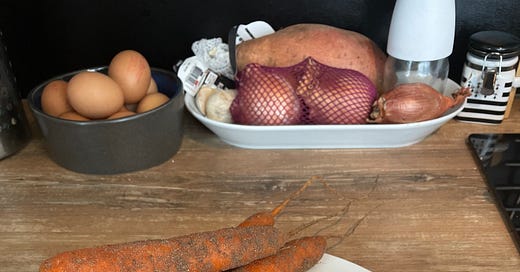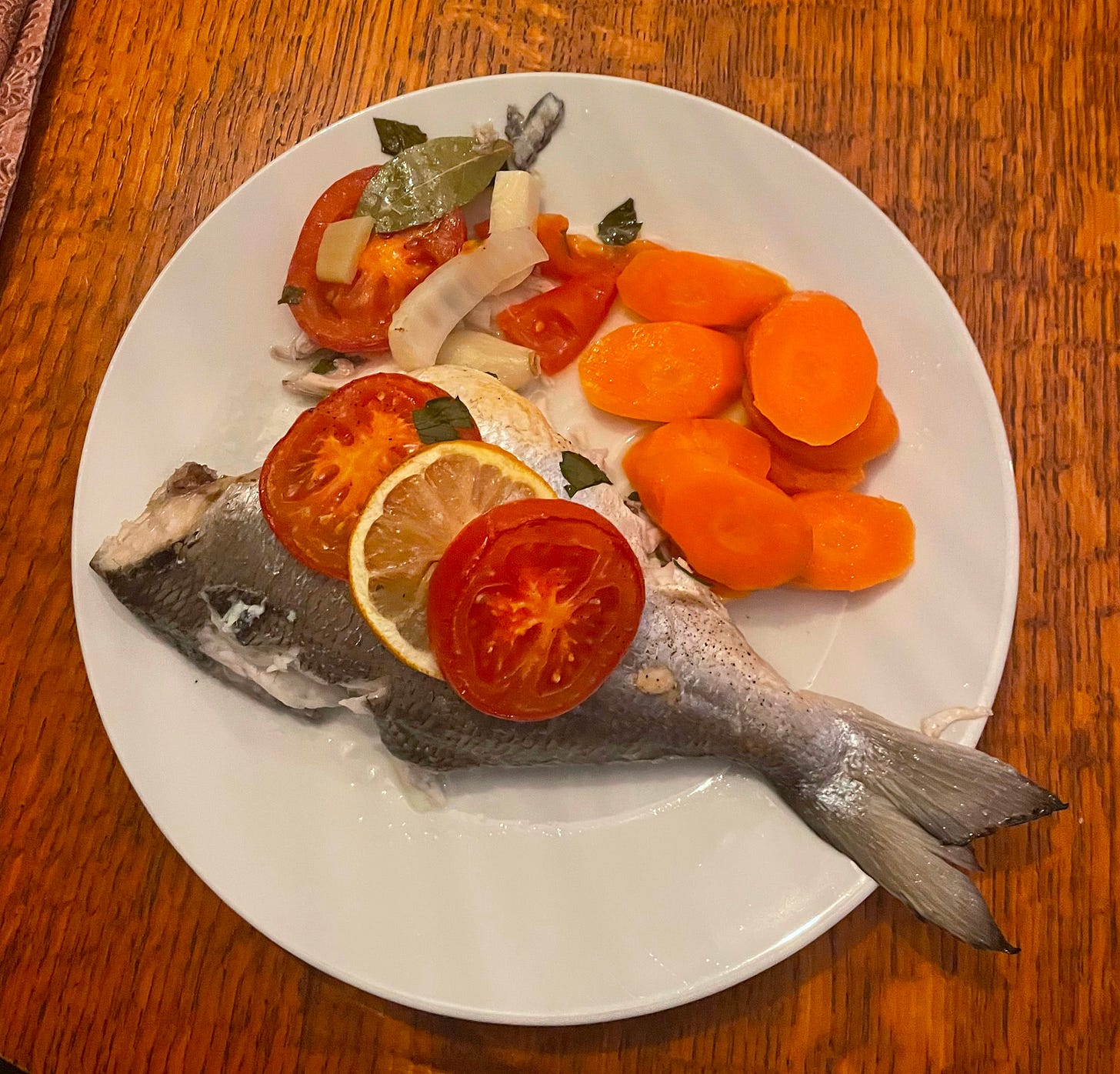I used to be astonished by – and a bit judgy of – all the French cooks who choose dirty, sandy carrots instead of the pretty clean ones. Ew. Supermarkets and vendors even erect little barriers to keep les carottes sablés (sandy carrots) from fraternizing with les carottes lavés (washed carrots).
Then one day, I noticed the prices. You mean to tell me that a bunch of dirty, sandy carrots costs nearly 30 cents more per kilo than the pretty clean ones? I dove into research mode. (I Googled, just like any normal person.) What I learned was thrilling and intriguing. (Quite possibly a reaction to vegetable research that isn’t much like a normal person, but, nonetheless, I will share.)
These dirty carrots, I learned, are grown in a specific area of Normandy and the Finestère region of Brittany. The ones from Normandy even carry the special AOC status, which distinguishes this orange root as being grown and harvested in a specific region, in accordance with traditional techniques, like harvesting by hand. Grocery stores and market vendors don’t wash the dirt off, leaving proof that these carrots were, indeed, grown in the sandy soil near the coast in Northwestern France.
I was dubious while reading a bunch of carrot reviews* that claimed the sandy soil and salt water on the coast gives the carrots a special flavor. They also lack the fibrous inner core of pedestrian carrots. You must, however, scrub them like a dirty dog when you get them home. Sandy carrot hack: Try to avoid making the mistake I made by putting them in a reusable shopping bag with the rest of my groceries. These buggers need to be kept in isolation until they aren’t gross.


Damned if the reviews weren’t correct. These dirty carrots are to normal carrots what a flawless diamond is to CubicZirconia™. The taste is both sweet and salty. Allowing them to linger in their own filth keeps the carrot crisp and snappy. They seem less watery than other carrots, and their flavor has more heft. I could live off these carrots, if, of course, you throw in a bottle of Pic Saint Loup wine.
I love to eat these carrots raw, but when I cook them, I poach them, as directed by The New York Times. In the reader tradition of not closely following a Times recipe (check out the comment section of any recipe to see what I mean), I suggest you substitute the bland unsalted butter with the sublime flavor of French salted butter. The best I’ve tasted comes from Brittany and Normandy, just like the carrots. You’ll thank me.
*Re: Carrot reviews: Theresa is a proud lifetime subscriber to Tuber Today: The Dirt on Root Vegetables.






So true about the NYT Cooking comments! The first thing I read when I’m interested in a recipe. One of the funniest are the comments on Mark Bittman’s slow scrambled eggs…
I love it! I was going to write about these myself. They’re kind of incredible. Now they’re the only carrots I’ll buy over here.
And yes, France can get you a little bit excited about carrots. They are good.